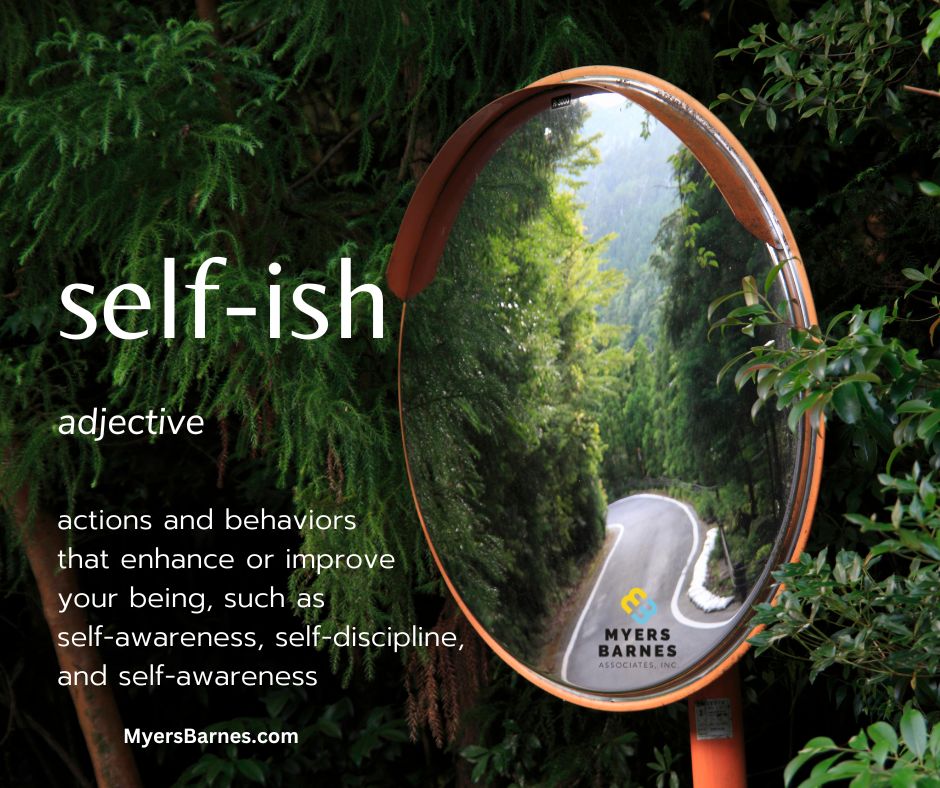 I’ve been looking at recent sales training statistics that should scare every sales leader. I think there’s a misconception that completing a sales training program is a one-and-done proposition.
I’ve been looking at recent sales training statistics that should scare every sales leader. I think there’s a misconception that completing a sales training program is a one-and-done proposition.
It isn’t.
You can learn to drive a car and pass the driver’s license test. You can earn a high school or college degree and walk away with a diploma. You can train for a marathon and complete it, walking away with a certificate and a tired body. But these are milestones that show what you’ve done, not what you can become or what you can do with what you’ve learned. Ongoing training is necessary to maintain your strength in your chosen profession.
Technology continues to evolve. Are you keeping up? Do you know how to leverage these digital tools to perform better?
Our culture changed with the pandemic. How has it impacted your work and your company? Have you made adjustments in your process to stay current?
I’m sharing sales training statistics that should scare every sales leader, as well as motivate sales professionals to seek training.
84% of sales training is lost after 90 days.
How much of what you’ve been taught has stayed with you? For how long? Would you be surprised to know it’s estimated that 84% of sales training is lost after 90 days? Training attendees emerge from their sessions all powered up, motivated to apply their newfound knowledge to their work.
And then they are confronted by the real world—daily tasks, challenges, responding to customer requests and complaints, juggling a barrage of information—they fall back to old habits. They’re being reactive, instead of proactive, because new habits haven’t been acquired, just introduced
For the same reason that the couple that “wins” on “The Bachelor” never stays together, your sales team isn’t maintaining a lasting relationship with their training knowledge. Once you get away from the highly supportive, motivating, and enclosed environment of the training session, the shine dulls.
Never assume that the knowledge that comes with sales training will stick. It’s a start. A first date. Not a lasting marriage.
The average company spends $10,000 to $15,000 to hire a salesperson and only $2,000 a year to train them.
How does this make any sense? If you bought a high performance car, would you neglect its maintenance? You expect your new home sales professionals to be superstars but you don’t invest in them.
We like to explain to homebuyers about the cost of ownership for their purchase. The same holds true for the people who are selling the homes. There’s a cost of ownership for the employer, and that includes training. Protect the investment you make in hiring a salesperson by investing in their skills, knowledge, and ability to succeed.
70% are self-taught.
This is one of the sales training statistics that should scare every sales leader! Nearly three-fourths of sales professionals have had no formal sales training. They’re winging it, ad libbing, and relying on trial and error. Do you really want them practicing with your business? And what have they taught themselves? Where did they acquire the knowledge?
Some builders and sales managers like to hire people with no sales experience, because they don’t arrive with bad habits. That’s not a bad strategy, but these people need training to shape them into successful professionals.
The ones who are self-taught must be retaught, in many cases. Break the bad habits and replace them with good skills.
Either way, don’t rely on the training—if any—that your new home sales professional brings to your organization.
66% of sales people are overwhelmed with tools.
According to Salesforce, a majority of salespeople don’t know how to use the digital tools you’re handing them. Think about how your sales team is using your CRM. Are they making good use of this expensive tool? Are they using social media in an effective way? Do they use videos—creating, sending, and sharing them?
Your new home sales professionals need to be trained on what sales tools can do, why they need them, and how to use them for the best results.
52% of underperforming companies do not measure sales training effectiveness.
Aberdeen Research confirms that management doesn’t put enough effort into measuring the impact of sales training. Is it doing any good? It’s not enough to invest in a sales training program. You must ensure it’s doing the job you’ve entrusted to the trainer. Is it improving engagement, communication, and conversion? Are salespeople adopting better habits? Are they retaining their training?
As a sales leader, you owe it to your team and your company to evaluate the sales training program on a regular basis.
61% of sales professionals say selling is harder today.
A study reported that 61% of salespeople say selling is harder than it was five years ago. In new home sales, we know this to be true. The housing market went from off the charts to sluggish in a little more than a year.
What does this statistic tell you? Your people need training. They need sales skills to better communicate with their buyers. They need to explore strategies when they feel stuck.
Search and rescue dogs are trained to seek out victims. When they fail, as happened frequently in the aftermath of 9/11, the dogs get frustrated and become despondent. To help the dogs, their handlers would have a colleague hide and allow the animal to find them. In this way, they created a feeling of success.
Sales training has the same effect on your team. Right now, they’re frustrated and despondent because they’re not closing sales. Give them the boost they need by offering sales training.
A sales training statistic to excite you: Sales training ROI is 353%.
I’ve heard builders and sales leaders say, “Sales training is expensive.”
My response is, “Ignorance is expensive.” They’re not even looking at sales training ROI!
“But what if I pay for their training and they leave?” they ask.
“Ah, but what if you don’t train them and they stay?” I tell them.
Sales training delivers 353% return on investment, $4.53 for every dollar invested, according to TaskDrive. It’s a no-brainer. Sales training ROI alone is a reason for an ongoing program.
The right training and coaching leads to higher conversion rates and higher retention rates. Your top performers will stay because they feel appreciated and respected. And you could convert an average sales performer into a star!
The numbers don’t lie. Sales training is powerful.


